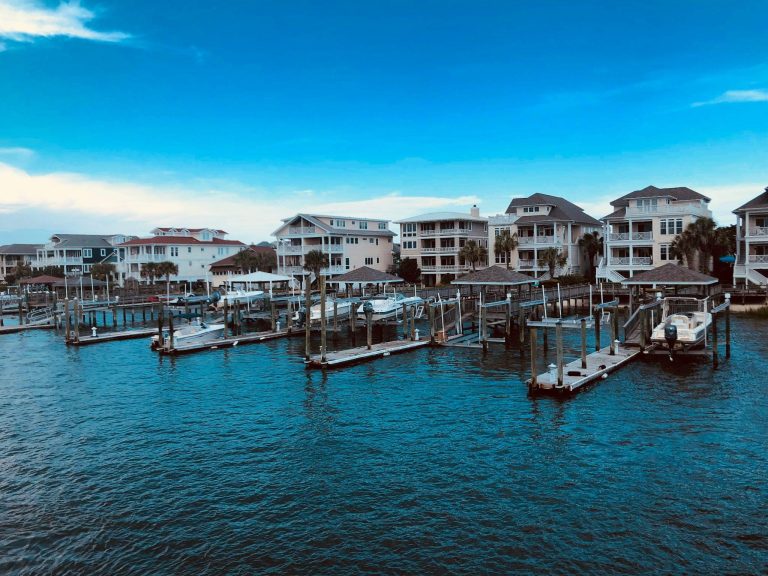Living on a waterfront has become popular lately, offering breathtaking views and a unique lifestyle. However, coastal areas present unique challenges, including saltwater exposure, high winds, and other seaside elements. Not surprisingly, not many people are aware of the maintenance that comes with a waterfront home and are often overwhelmed by it. In this article, we’ll detail some crucial maintenance tips for your waterfront residence, such as reinforcing the structural foundation, regular cleaning, and humidity control.
Foundational and Structural Maintenance
Though the outside of your home is probably more beautiful than a landlocked one, it’s also more susceptible to erosion. You must ensure you’re more aware of environmental effects like corrosion.
Your house should have proper drainage and waterproofing to keep your foundation intact. Engage structural engineers and professionals routinely to check the marine piling for wear, erosion, or structural compromise. Your roof should also be built out of water-resistant material to ensure it doesn’t cave in due to water-laden air.
It’s a good idea to avoid erosion and have fiberglass windows and door frames. And since your house will have more in-and-out foot traffic than other homes, it’s a good idea to have hardwood floors to clean off mud, dirt, and sand easily instead of fully carpeted ones or tiles. You should also schedule regular outdoor painting, especially for decks, docks, and pergolas. That way, the water will only erode the paint, not the structure of your house’s exterior.
Living on water also means that grounds and landscaping are integral to house maintenance. Your house should have a well-kept yard on both the back and the front. Grow native plants that can survive salty water and the soil climate. That can help absorb water before it reaches the structure of your house, reducing structural damage.
Regular Cleaning
If you choose to build a waterfront home, it’s essential to make cleaning one of the top priorities. Ignoring it will cause the outdoor elements of your home to face saltwater erosion, and water will carry sand inside, coupled with dust from the air.
Relaxing on the patio might be one of your attractions to a waterfront home. However, if you want your furniture to last, remember to cover it when not in use and clean it daily, especially after very humid days. When there’s a storm on the way, ensure the outdoor furniture is safely stored away. With the moist environment of the coast, you should also check for pests and termites around the house, especially in exposed corners, and get your house fumigated often.
Any metal in your home will have salt crystal buildup and corrosion if you let it. Keep WD-40 oil or silicone spray to protect your metallic appliances. It would help if you also cleaned your windows once a week to prevent pits and haziness. Consider using a dehumidifier inside your home to reduce the risk of mold and keep the air comfortable on days when the air is saturated.
While it may seem a nuisance, cleaning can save you from severe erosion and damage. You’ll also be able to identify small cracks and corrosion early and mitigate them before fixing them becomes a costly affair.
Endnote
A waterfront house has pros and cons, calling for a multifaceted approach to maintenance. Marine piling, fiberglass windows, suitable landscaping, regular painting, and hardwood floors all play their role in improving your house’s structural resilience to marine climate. Cleaning regularly and fumigating when necessary also help prevent rapid corrosion, especially around high tide and storm season. By incorporating a few maintenance tips, you can ensure that you enjoy the coastal lifestyle to the fullest.

